New Mineable Coins In 2025: The Ultimate Guide For Crypto Miners



Editorial Note: While we adhere to strict Editorial Integrity, this post may contain references to products from our partners. Here's an explanation for How We Make Money. None of the data and information on this webpage constitutes investment advice according to our Disclaimer.
Top new mineable coins in 2025:
Quant Earth (QET). Built for gaming, zero gas fees.
Solaxy (SOLX). Speeds up Solana, cross-chain compatible.
Mind of Pepe (MIND). AI evolves tokens, dynamic staking APY.
Meme Index (MEMEX). Tracks meme coins, spreads investment risk.
As the cryptocurrency industry evolves, new mineable coins emerge, giving miners new ways to earn more. While Bitcoin remains the gold standard, newer Proof-of-Work (PoW) coins introduce different use cases and new mining possibilities with lower difficulty levels and higher potential rewards. This guide takes a closer look at the latest mineable cryptocurrencies, their profitability, mining requirements, and what miners should keep in mind before getting started.
Key insights
50+ new mineable coins launched last year. Over 30 of them are being actively mined across various blockchains. We need sufficient history of mining to ascertain coin genuineness.
Top mineable coins. These include Kaspa, IronFish, Radiant, Alephium, and Neoxa.
Mining profitability. GPU miners can earn $3–5 per day, while ASIC-based earnings differ by device.
Best hardware. Nvidia RTX 4090, AMD RX 6800 XT, and Bitmain K7 lead current mining setups.
Risk warning: Cryptocurrency markets are highly volatile, with sharp price swings and regulatory uncertainties. Research indicates that 75-90% of traders face losses. Only invest discretionary funds and consult an experienced financial advisor.
List of new mineable coins in 2025
1. Quant Earth (QET)

Designed for the gaming and metaverse industries, Quant Earth utilizes Zero Knowledge Rollups (ZK-Rollups) to facilitate ultra-fast transactions with zero gas fees.
Mining algorithm. Proof-of-Work (PoW).
Key features:
Optimized for gaming and virtual worlds.
Scalable infrastructure with high transaction throughput.
Zero gas fees enhancing user experience.
- Market performance. Since its launch in early 2025, QET has gained traction among gaming platforms, contributing to a market capitalization of approximately $1.20 billion.
2. Solaxy (SOLX)
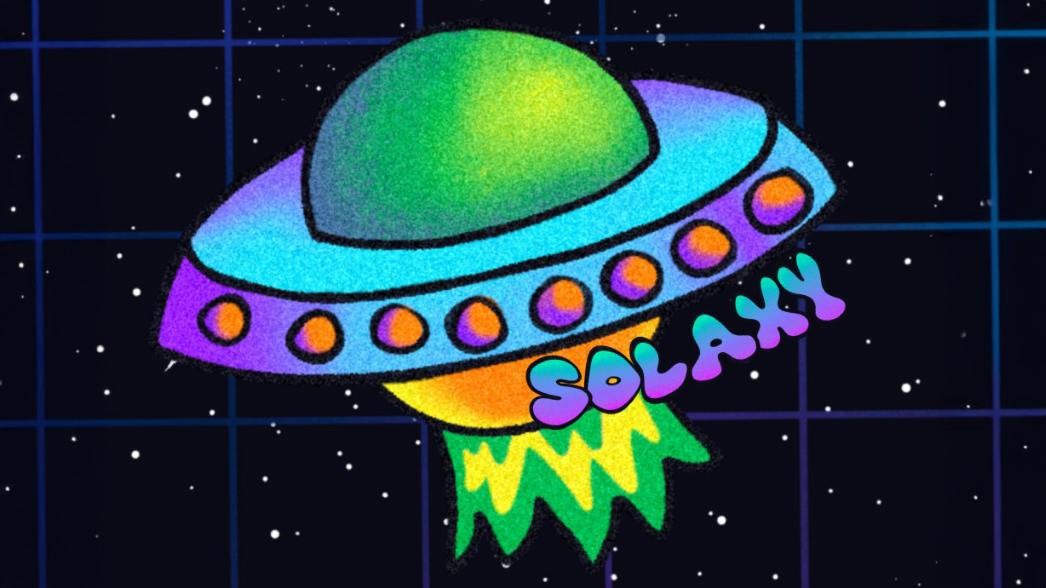
As Solana's first Layer-2 chain, Solaxy delivers quick and scalable services compatible with multiple blockchains, improving speed and reducing transaction costs.
Mining algorithm. Proof-of-Work (PoW).
Key features:
Layer-2 scalability for the Solana blockchain.
Cross-chain compatibility.
Enhanced transaction speeds with lower fees.
Market performance. Since its launch in December 2024, SOLX has been recognized for its contribution to blockchain scalability.
3. Mind of Pepe (MIND)

An AI-integrated project, Mind of Pepe features a continuously learning AI agent that generates its own tokens over time, enabling staking with dynamic APY rates.
Mining algorithm. Proof-of-Work (PoW).
Key features:
Self-evolving AI token creation.
Stake-to-earn model with dynamic APY rates.
Integration of AI and meme culture.
Market performance. Launched in January 2025, MIND has seen rising interest for its AI utility.
4. Meme Index (MEMEX)

A decentralized meme coin index offering four meme indexes, allowing investors to spread exposure across leading meme coins.
Mining algorithm. Proof-of-Work (PoW).
Key features:
Decentralized index tracking multiple meme coins.
Provides diversification within the meme coin market.
Simplifies investment in meme cryptocurrencies.
Market performance. Since its launch in late 2024, MEMEX has gained attention among meme coin supporters, reaching a market capitalization of approximately $57 million.
These new mineable coins offer diverse opportunities for miners and investors in 2025, each bringing unique features and potential to the cryptocurrency landscape.
What are mineable coins?
Mineable cryptocurrencies are digital coins that rely on Proof of Work (PoW) systems where computers compete to verify transactions and keep the system secure. Miners use processing power to solve puzzles and earn block rewards, making the process profitable if market conditions are favorable.
Mining algorithm. This decides what type of hardware miners need, such as ASIC, GPU, or CPU.
Block rewards. This refers to how much cryptocurrency miners receive for each new block.
Network difficulty. This changes automatically based on how many miners are working at a given time.
Electricity costs. How profitable mining is often depends on how much energy the system uses.
Market demand. A coin’s future depends heavily on its price trends and trading activity.
People are drawn to mineable crypto because it supports decentralized finance and gives miners digital tokens in return. Right now, the total global hashrate for PoW coins is above 300 EH/s, which is a big jump from earlier levels.
How to choose the right coin to mine
Choosing the right coin to mine isn’t just about profitability today but about where the project and network are heading in the next 6 to 18 months.
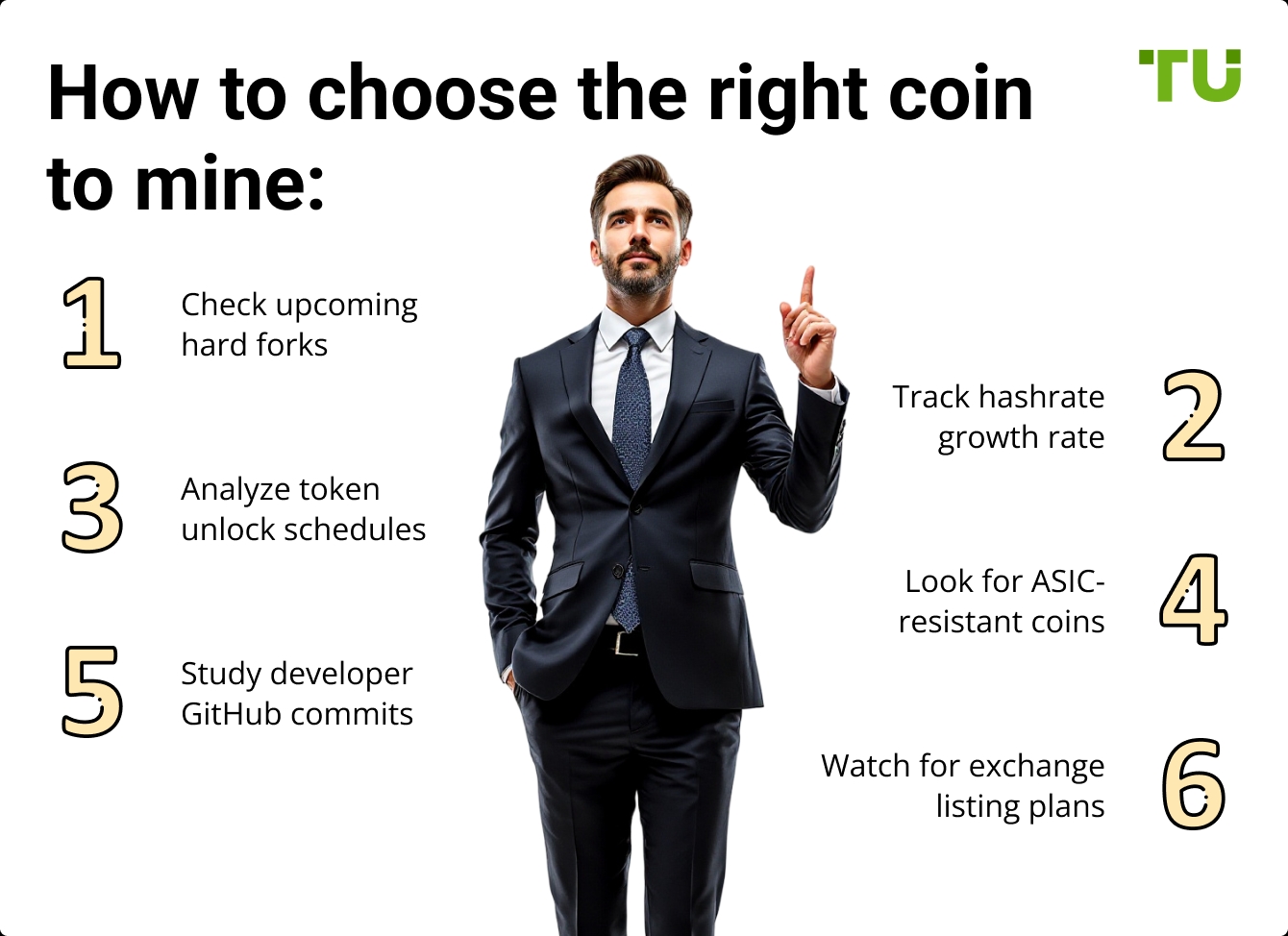
Check upcoming hard forks. A coin planning a hard fork within the next 3–6 months often experiences short-term spikes in value due to increased activity and speculation.
Track hashrate growth rate. If the network’s hashrate has been rising quickly over the past 90 days, mining difficulty will likely jump soon, making it less profitable for small miners.
Analyze token unlock schedules. Some mineable coins have future token unlocks scheduled over the next 12 months that may flood the market and crash prices.
Look for ASIC-resistant coins. Coins that are switching algorithms to resist ASICs often open a short window for GPU miners to profit before difficulty rebalances.
Study developer GitHub commits. A coin with active GitHub commits in the past 30 days signals ongoing development, which usually boosts long-term credibility and price potential.
Watch for exchange listing plans. If a mid-cap coin is scheduled to list on a Tier-1 exchange in 2–3 months, mining it early can lead to big returns when price pumps.
Why look for new mineable coins?
With Bitcoin becoming harder to mine and rewards shrinking, exploring new mineable coins can give new ways to earn early.
Early mining means lower difficulty. In the first 6 to 12 months, newer coins have fewer miners, so it's easier and cheaper to get rewards.
Higher upside from starting early. Coins like Ravencoin and Kaspa gave 10x–100x returns for people who mined them in the early stages between 2020 and 2023.
Work well with regular gaming PCs. Many new coins are built to run smoothly on GPUs, so you don’t need costly mining equipment.
Chance to shape the project. Early miners can suggest changes or have a say in how the coin develops as part of its community.
Use less power. Some new coins use smarter algorithms that don’t eat up your electricity bill.
Faster return on setup cost. Since not many people are mining yet, you might earn back your setup cost in a few months.
Best mining hardware for new coins
When choosing mining hardware, look at things like which algorithm it supports, how much electricity it uses, the upfront cost, and the coins you specifically want to mine. Keeping up with the latest mining tools and software updates can help boost both speed and profit.
For ASIC Miners
Bitmain Antminer K7 (Kaspa) - Hasrate: 63.5 TH/s
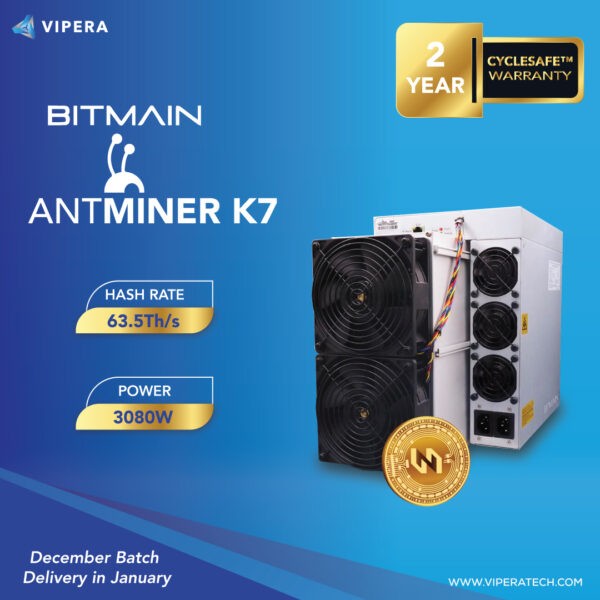
The Antminer K7 is designed to work with the Eaglesong algorithm and offers a major jump in computing power. Its strong efficiency makes it a top pick for mining Nervos (CKB).
WhatsMiner M30S++ (SHA-based coins) - Hashrate: 112 TH/s
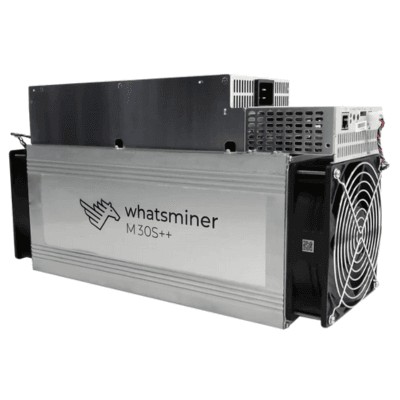
The WhatsMiner M30S++ is known for both its high hash rate and energy use, making it a reliable choice for mining SHA-256 coins like Bitcoin.
For GPU Miners
Nvidia RTX 4090 - Hashrate: 120 MH/s (varies by coin)
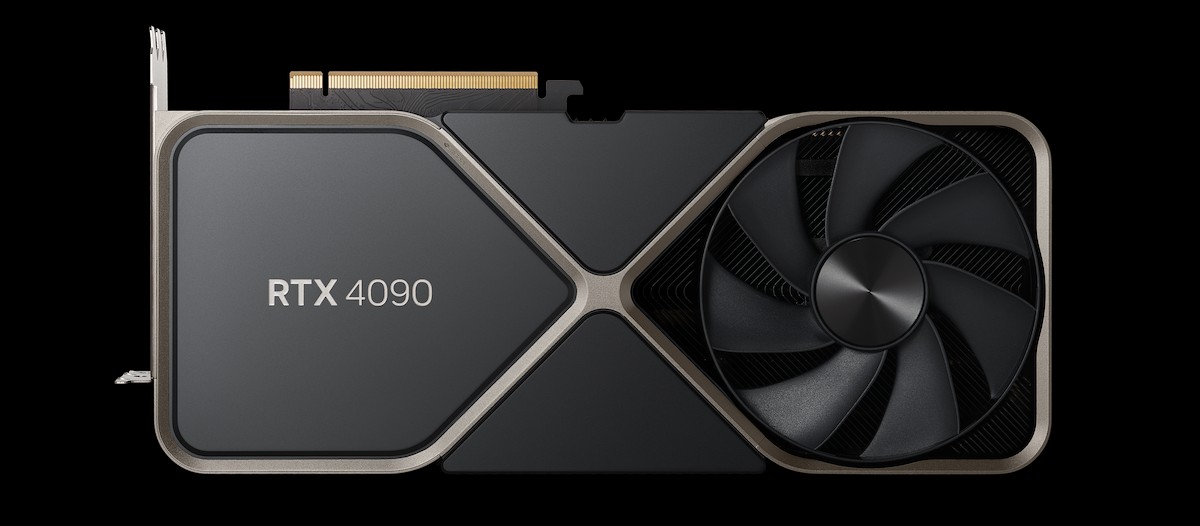
The Nvidia RTX 4090 performs at a very high level in GPU mining, handling multiple algorithms with strong hash rates. Its modern design helps it use power wisely without cutting back on results.
AMD Radeon RX 6800 XT - Hashrate: 62 MH/s (varies by coin)
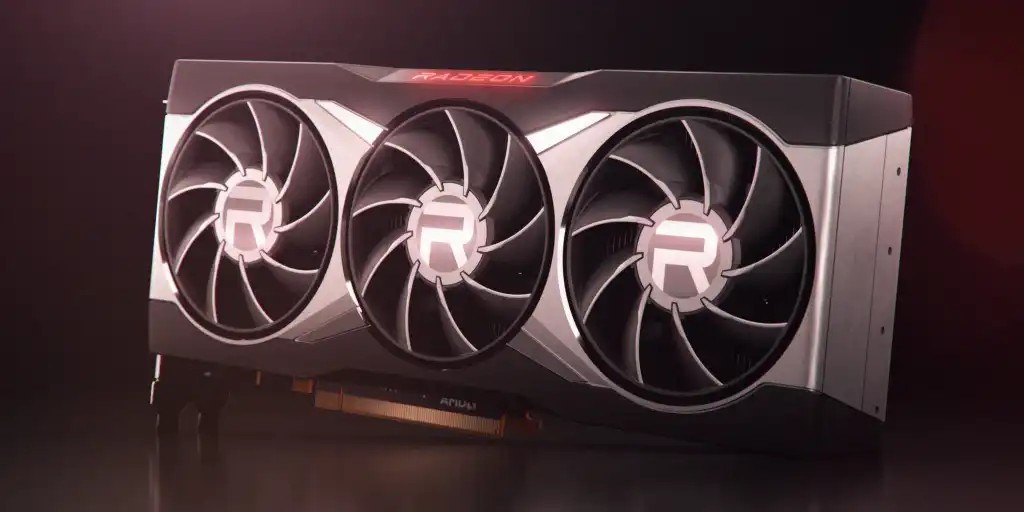
The AMD Radeon RX 6800 XT is a solid option for miners, giving good output while managing energy use well. It works with many mining algorithms, so it can be used to mine several types of
Risks and challenges in mining new coins
Those engaging in mineable crypto should always factor in electricity costs, difficulty adjustments, and long-term sustainability before committing to mining a specific cryptocurrency.
While new PoW coins present opportunities, miners must be aware of risks:
Hardware obsolescence happens fast. A GPU rig that worked in early 2021 for Ethereum mining became useless within a year due to changes in how coins are mined or how tough it gets.
New coins often vanish quickly. In 2022 alone, over 2,000 altcoins launched and failed because of bad planning or no team sticking around to build it.
Algorithm shifts can trap miners. Ravencoin changed its mining method in 2020, leaving thousands with rigs that couldn’t keep up and were suddenly worthless.
Power costs vary by second. Miners in Kazakhstan saw electricity prices shoot up by 70 percent in late 2021, making profits disappear in just a few weeks.
Regulations hit suddenly and hard. China’s mining ban in 2021 didn’t just block new miners, it led everyone to sell off their equipment fast and cheap.
Pools aren't always trustworthy. In 2023, a well-known Solana mining pool disappeared with all unpaid rewards after earning miners’ trust for six months.
Mine low-competition coins early and auto-grow earnings through built-in staking in 2025
A lot of new miners jump into coins everyone’s already talking about, but that’s often too late. What really pays is finding fresh coins with low starting difficulty and barely any crowd yet. Some new projects in 2025 are actually rewarding early miners with bigger bonuses in the first few days, and they limit how many people can join at once. That means you could mine way more in the beginning just by being early. But here’s the twist: check if they’re rewarding things like helping secure the network with data or oracles, it’s these smaller roles that often earn the biggest slices.
Here’s another thing most beginners miss: some new coins automatically lock and grow what you mine. The moment you get your reward, it starts earning more on its own, no need to transfer or pay fees. It’s like your mined crypto working while you sleep. If you're new, this saves a ton of hassle and still stacks up gains over time. Instead of only focusing on your hardware power, go for coins that help your rewards grow while you chill.
Conclusion
New mineable coins provide lucrative opportunities for miners looking to capitalize on emerging cryptocurrencies with lower competition and high potential rewards. However, due diligence is essential when choosing which coin to mine. Evaluating profitability, network adoption, and long-term viability will help ensure sustainable mining operations.
With the right strategy and efficient hardware, mining coins can be a rewarding venture for both beginners and experienced miners.
FAQs
Are new mineable coins profitable?
Yes, but profitability depends on factors like electricity costs, hardware efficiency, and market value. Some miners report returns of 15-25% monthly ROI.
Which new PoW coins are best for GPU mining?
Kaspa (KAS), IronFish (IRON), and Radiant (RXD) are currently good options with average mining profitability of $3-5 per day per GPU.
What is the best mining hardware for new coins?
Nvidia RTX 4090 and AMD RX 6800 XT are top choices for GPU mining, with power efficiency rates of 0.25 J/MH.
Where can I trade newly mined coins?
Exchanges like KuCoin, MEXC, and TradeOgre support emerging PoW coins.
Related Articles
Team that worked on the article
Mikhail Vnuchkov joined Traders Union as an author in 2020. He began his professional career as a journalist-observer at a small online financial publication, where he covered global economic events and discussed their impact on the segment of financial investment, including investor income. With five years of experience in finance, Mikhail joined Traders Union team, where he is in charge of forming the pool of latest news for traders, who trade stocks, cryptocurrencies, Forex instruments and fixed income.
Chinmay Soni is a financial analyst with more than 5 years of experience in working with stocks, Forex, derivatives, and other assets. As a founder of a boutique research firm and an active researcher, he covers various industries and fields, providing insights backed by statistical data. He is also an educator in the field of finance and technology.
As an author for Traders Union, he contributes his deep analytical insights on various topics, taking into account various aspects.
Mirjan Hipolito is a journalist and news editor at Traders Union. She is an expert crypto writer with five years of experience in the financial markets. Her specialties are daily market news, price predictions, and Initial Coin Offerings (ICO).
Forex leverage is a tool enabling traders to control larger positions with a relatively small amount of capital, amplifying potential profits and losses based on the chosen leverage ratio.
Forex trading, short for foreign exchange trading, is the practice of buying and selling currencies in the global foreign exchange market with the aim of profiting from fluctuations in exchange rates. Traders speculate on whether one currency will rise or fall in value relative to another currency and make trading decisions accordingly. However, beware that trading carries risks, and you can lose your whole capital.
Bitcoin is a decentralized digital cryptocurrency that was created in 2009 by an anonymous individual or group using the pseudonym Satoshi Nakamoto. It operates on a technology called blockchain, which is a distributed ledger that records all transactions across a network of computers.
Index in trading is the measure of the performance of a group of stocks, which can include the assets and securities in it.
Diversification is an investment strategy that involves spreading investments across different asset classes, industries, and geographic regions to reduce overall risk.






























































































































